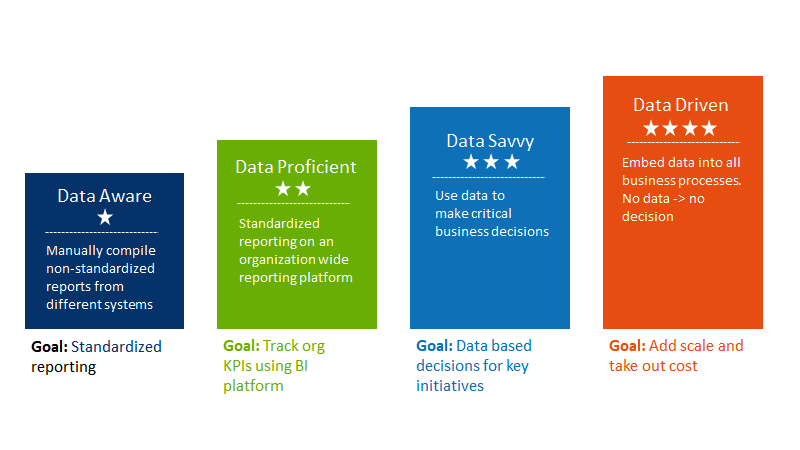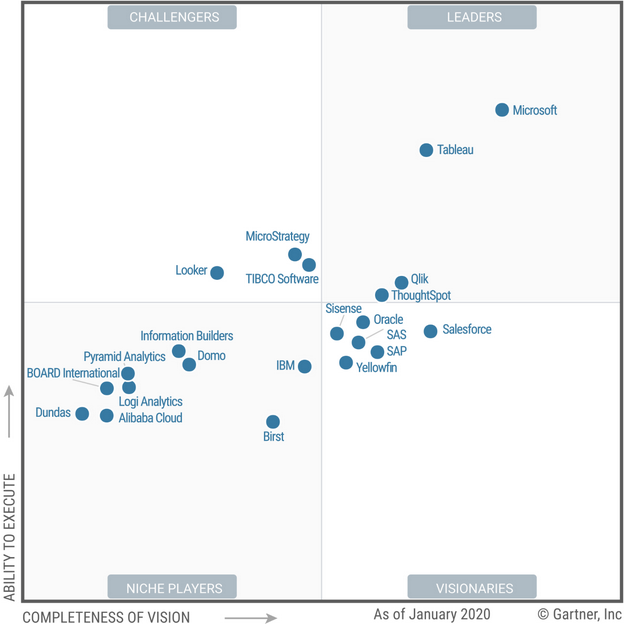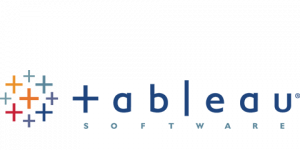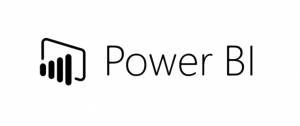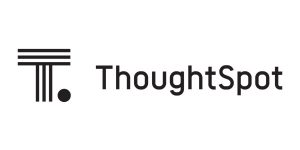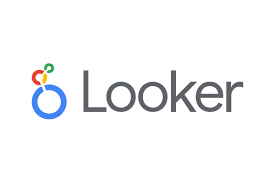Overview
- Analytics and Business Intelligence provide comprehensible view of the company and derive actionable insights.
- We’ll discuss 6 top business intelligence tools that you must learn to begin your journey in this field
Introduction
The recent decade has shown the sheer importance of data and its powerful capabilities. The organizations following a pro-active approach tend to advance while the others slowly become obsolete. The Dell Data Maturity Model categorizes organizations at four levels. According to this model, most of these companies may be classified as Data Aware which is the lowest level.
Business Intelligence tools help organizations reach a better data maturity level.
There are tons of Business Intelligence and analytics tools out there so which one would you choose to begin your journey? Well, the answer is not crystal clear as the tools can’t be compared head-on but each has its own benefits.
Gartner releases its report on the top business intelligence and analytics each year. You can refer to this Gartner magic quadrant 2020 to better understand the tools. This is updated until January 2020.
Before starting off, If you are a beginner in the space of Analytics and data science, I would highly recommend you go through this free course to understand the basics, career path and much more –
What is Business Intelligence and Analytics and why should we care?
Business intelligence tools are used by organizations to collect, store, and analyze data from business operations to find actionable insights.
Traditionally, Business Intelligence tools were used for reporting and dashboarding. Many of these were not even available in real-time. But a lot of things have changed over time and now we have entered the era of Modern Business intelligence.
Modern Business Intelligence tools are capable of in-depth visual analysis, advanced statistical analysis, and even advanced machine learning modeling for big data. These tools enable you to connect to multiple varieties of data sources with high security.
Don’t worry if you are new to the world of analytics. Many of these tools are developed keeping in mind the non-technical minds. They include features like Natural Language searches, drag and drop analysis, and much more.
However, I’d advise you to understand the basics of analytics and data science. Here’s a good starting point for you.
- Introduction to AI & ML[Free Course]
- Introduction to AI & ML [Free Course app]
In this article, I will be sharing 6 Business Intelligence and analytics tools that I find really effective in business environment and are easy to learn. So let us begin.
Table of Contents
- Tableau
- Power BI
- QlikSense
- MicroStrategy
- Looker
- ThoughtSpot
Tableau
Tableau is the ever-beloved tool and especially the king of all when it comes to Data Visualization. It’s easy to use interface and the drop-down capability will help you focus on what’s important – understanding the data and storytelling.
Tableau has been my go-to tool when I needed a quick analysis. One of the great things about Tableau is that you don’t require coding background or any advanced analytical knowledge, Tableau has got your back.
It is a very reliable tool that provides connections to an endless number of data sources with high security. So what are you waiting for? Build a dashboard, report, and share it with your colleagues in real-time!
If you are interested, you can learn the best tool for data visualization in this free course-
Power BI
Power BI is a wonderful tool provided by Microsoft. Moreover, Gartner has recognized Microsoft as a Leader for the thirteen consecutive years of their Magic Quadrant for Analytics and Business Intelligent Platforms! If you are looking to work on projects consisting of custom visualizations, advanced analytics libraries, and smooth integration then this is the tool of choice!
If you have been a long term user of Microsoft services such as MS Excel, you’ll feel comfortable using this tool since it provides seamless integration with other Microsoft offerings.
Power BI provides a lot of flexibility while performing data cleaning, modeling, and other statistical tasks. You can even ask questions in natural language and get information about your data and insights. I have seen managers love this feature in Power BI.
Qlik Sense
Qlik Sense is a data analytics platform that provides a complete end-to-end solution to convert raw data into actionable insights. It has increasingly become the choice of many world-class organizations.
Qlik Sense boasts itself as a modern BI tool by providing an Associative Difference engine. This will help you combine data from all the sources and manages the relationships automatically and securely.
Users from all backgrounds can make use of this platform by performing simple textual searches therefore you don’t need to be a developer to use simple features. Although you may require some coding skills when it comes to advanced tasks and customizations.
MicroStrategy
MicroStrategy is a very powerful tool used for enterprise-level business intelligence and analytic which is used by many world-leading companies. It has an extensive library of analytical functions and visualizations, and also the capability of handling big data.
Further, you don’t need to be technically proficient to make use of MicroStrategy’s analytics services. In fact, it provides a lot of mobility solutions so that all the intelligence can be access by your smartphone securely (really useful in times of pandemic)
MicroStrategy provides many other advanced options such as HyperIntelligence, Identity and Telemetry that makes it a lot more advanced, secure, and modern BI tool.
ThoughtSpot
ThoughtSpot is a BI tool focused on the search and AI-driven analytics. It has recently come into great prominence by becoming a unicorn company in a very short span of time and its users are some of the big industry names like – Apple, Walmart, etc.
You can work on visualizations, reports, interactive dashboards, advanced analytics on your data using this tool. It’s a great tool for people with all sorts of backgrounds who want to turn data into actionable insights.
Additionally, thoughtSpot tries to automate the complete task of analyzing data by providing a natural language search option for its users along with suggested insights powered by its AI engine.
Looker
Looker terms itself as a data platform that consists of subcategories – Modern BI and analytics, Integrated insights, data-driven workflows, data-driven workflows, and custom applications. Also, it can connect to a large number of databases and cloud systems.
Looker provides a unique feature – Looker blocks are pre-built pieces of code that you can just pick and use for your analysis. These may include SQL patterns, data models, custom visualizations, etc. This can make up your day when you are in a rush to build your reports.
Looker is a one-stop tool for many of your needs including real-time reports, interactive dashboards, and advanced analytics.
End Notes
To conclude, in this article we have discussed 6 top analytics and business intelligence tools in this article. While this is not an exhaustive list of all the tools but it is a good starting point. These are some of the efficient tools that will help you improve your data story.
I would definitely love to hear your favorite BI and analytics tools apart from these. So let me know in the comments!




